ETCS - Train Control System Standard

Hello, how can I assist with your ERTMS/ETCS testing needs today?
Standardizing Rail Safety and Efficiency
Describe a typical use case scenario for ERTMS/ETCS in modern railway operations.
Explain the interoperability benefits of the ERTMS/ETCS system.
Outline the key components of the ERTMS/ETCS on-board subsystem.
Discuss the role of GSM-R in ERTMS/ETCS communication.
Get Embed Code
Introduction to ETCS
The European Train Control System (ETCS) is an integral part of the European Rail Traffic Management System (ERTMS), aimed at replacing the various national train control and command systems in Europe. It is designed to ensure interoperability by standardizing signalling equipment and procedures. ETCS is crucial for enhancing cross-border railway operations, improving safety, and increasing the efficiency of railway traffic management. It includes features like continuous train control, automatic train protection (ATP), and driver machine interface (DMI), facilitating safe and efficient train movements across Europe's diverse rail networks. One key scenario illustrating ETCS's purpose is in facilitating high-speed rail service across multiple countries, such as a train journey from Paris to Berlin, which involves crossing several national borders. Without ETCS, trains would need to change locomotives or onboard systems at each border to comply with different national systems. ETCS enables seamless transitions between countries by providing a common standard. Powered by ChatGPT-4o。

Main Functions of ETCS
Continuous Train Control
Example
Continuous speed monitoring and control
Scenario
ETCS continuously calculates safe maximum speeds and dynamically updates them based on train location, movement authority, and track conditions. This ensures that trains always operate within safe speed limits, significantly reducing the risk of accidents due to overspeeding.
Automatic Train Protection (ATP)
Example
Prevention of signal passing at danger
Scenario
ETCS automatically applies brakes to stop a train if it is in danger of passing a red signal or exceeding its movement authority, thus preventing potential collisions.
Driver Machine Interface (DMI)
Example
Real-time communication with the train driver
Scenario
The DMI provides train drivers with essential information such as current speed, target speed, and braking curve, enabling informed decisions for safe train operation.
Ideal Users of ETCS Services
Railway Infrastructure Managers
Infrastructure managers benefit from ETCS by ensuring a unified safety and control system across their networks, enabling efficient traffic management and maintenance of high safety standards.
Train Operating Companies
Operating companies utilize ETCS to enhance operational efficiency and safety. The system allows for higher speeds, closer train spacing, and cross-border interoperability, leading to improved service quality and competitiveness.
Rail Vehicle Manufacturers
Manufacturers integrate ETCS into their vehicles to comply with European standards, making their products suitable for international operations and ensuring compatibility with ETCS-equipped lines for safety and performance.

Using ETCS: A Step-by-Step Guide
Start Your Trial
Begin by visiting yeschat.ai for a hassle-free trial, requiring no login or subscription to ChatGPT Plus.
Understand ETCS
Familiarize yourself with the European Train Control System (ETCS) through the SUBSET-026 documentation to grasp the system's specifications and functionalities.
Identify Your Needs
Determine your specific needs for using ETCS, whether for academic research, industry application, or regulatory compliance.
Engage with the Community
Join ETCS user forums and groups. Sharing insights and challenges with the community can provide practical tips and innovative solutions.
Apply ETCS Principles
Apply ETCS guidelines to your rail system or research. Utilize the system's interoperability feature to enhance rail safety and efficiency.
Try other advanced and practical GPTs
Esther's Assistant
Empowering beauty with AI insights

CV Wizard
Craft Your Professional Story with AI

Global Market Mentor
Elevating Marketing Strategies with AI

Tech Support Now
Unraveling tech troubles with AI power
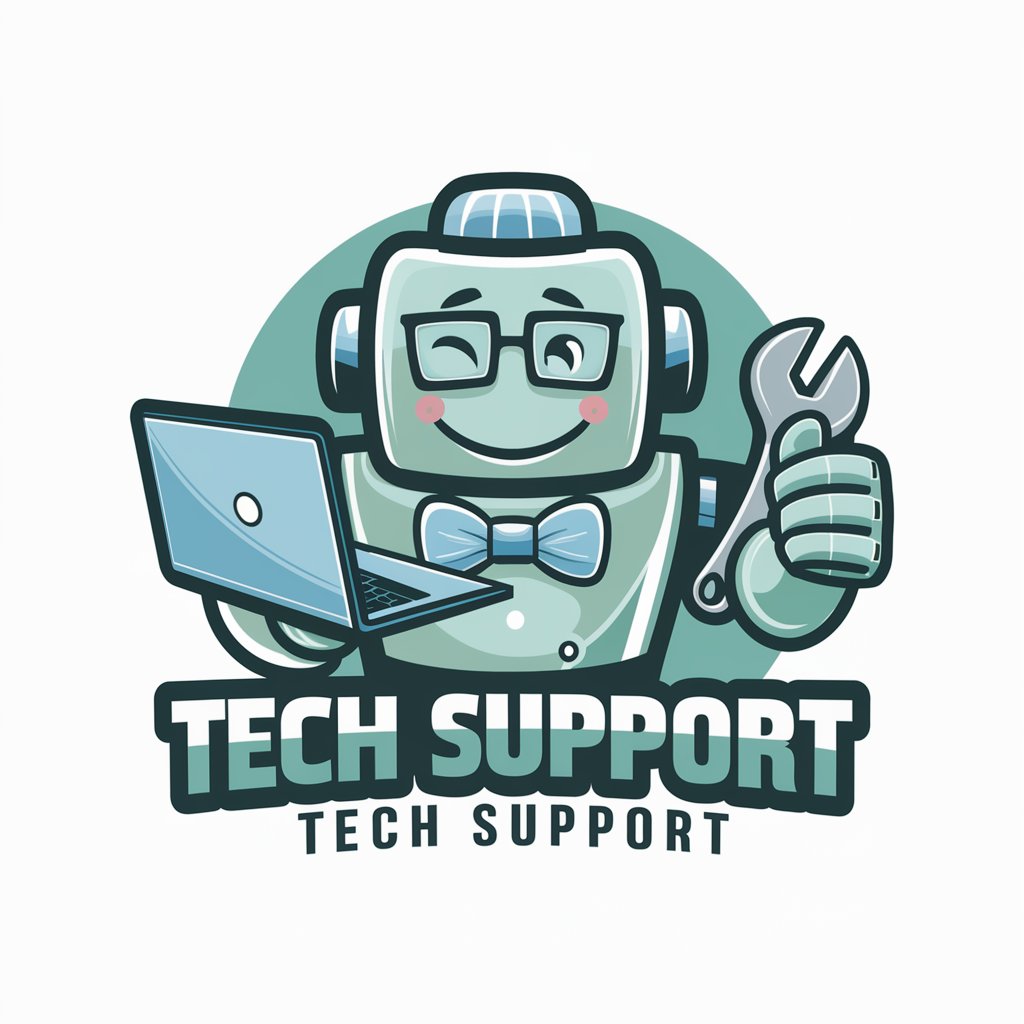
GTFO ATX
Escape Austin with AI-powered Travel Insights
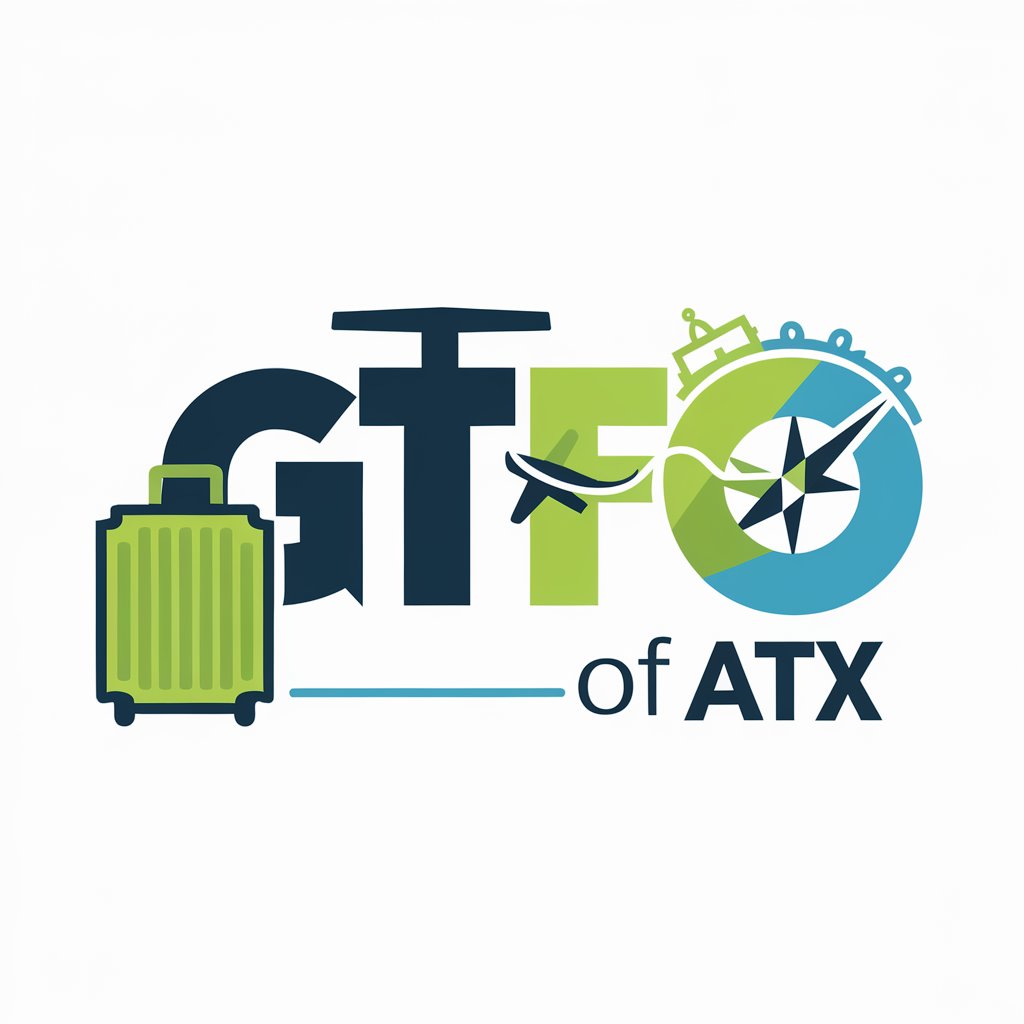
Riddle Master
Unravel mysteries with AI-powered riddles

Subsea Standards Analyst
Empowering subsea engineering with AI
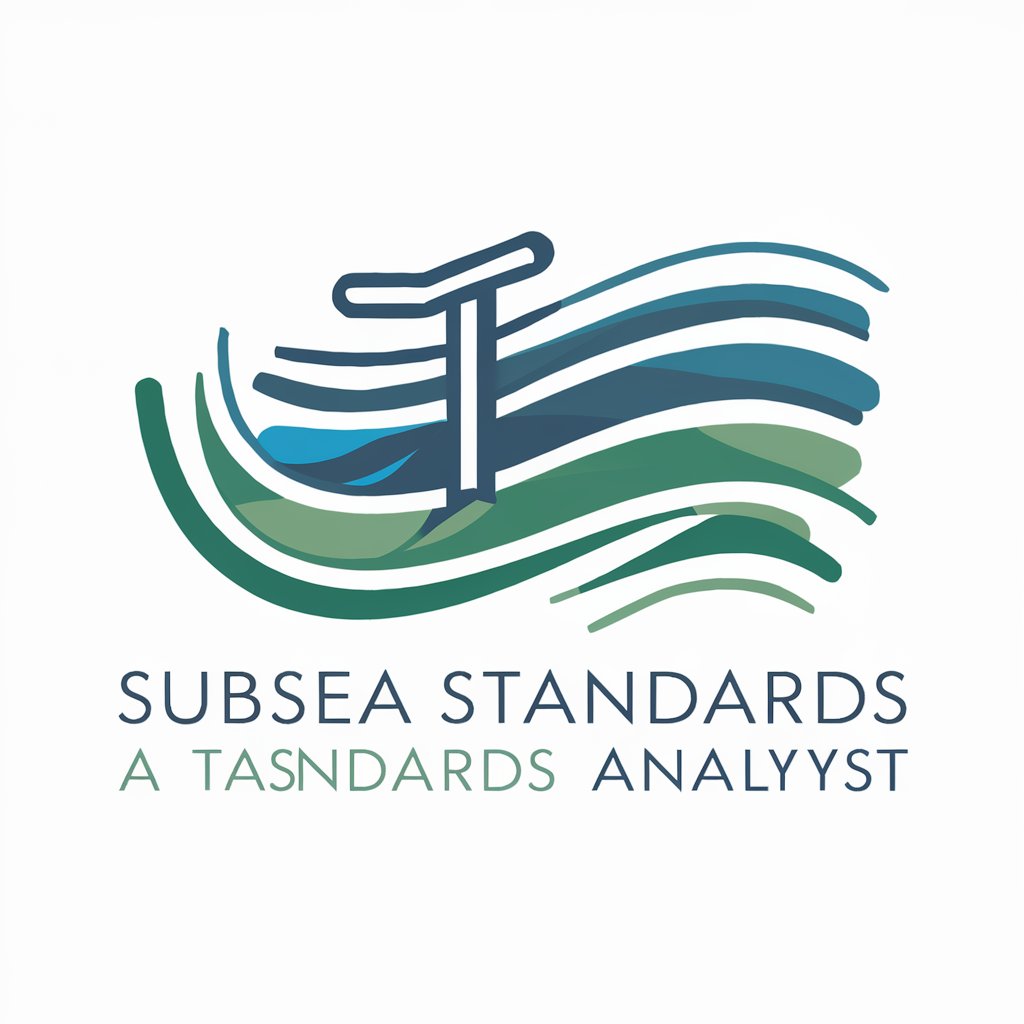
Human Meaning
Explore the depths of life's meaning with AI-driven insights.

Yu-Gi-Oh! GPT by YGOPRODeck
Empowering Duelists with AI-Powered Insights

TypeScript Menter
Empower your TypeScript journey with AI.
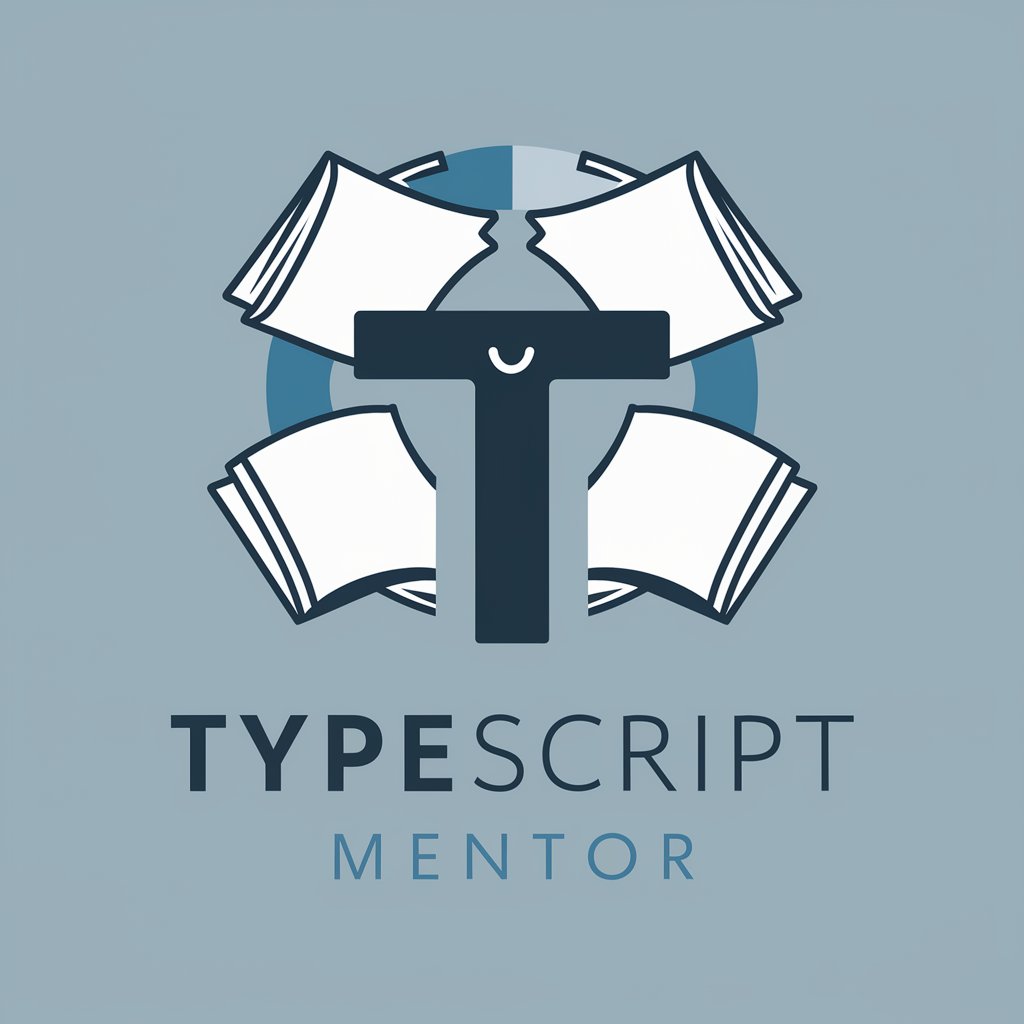
TypeScript Helper
Empowering TypeScript Development with AI
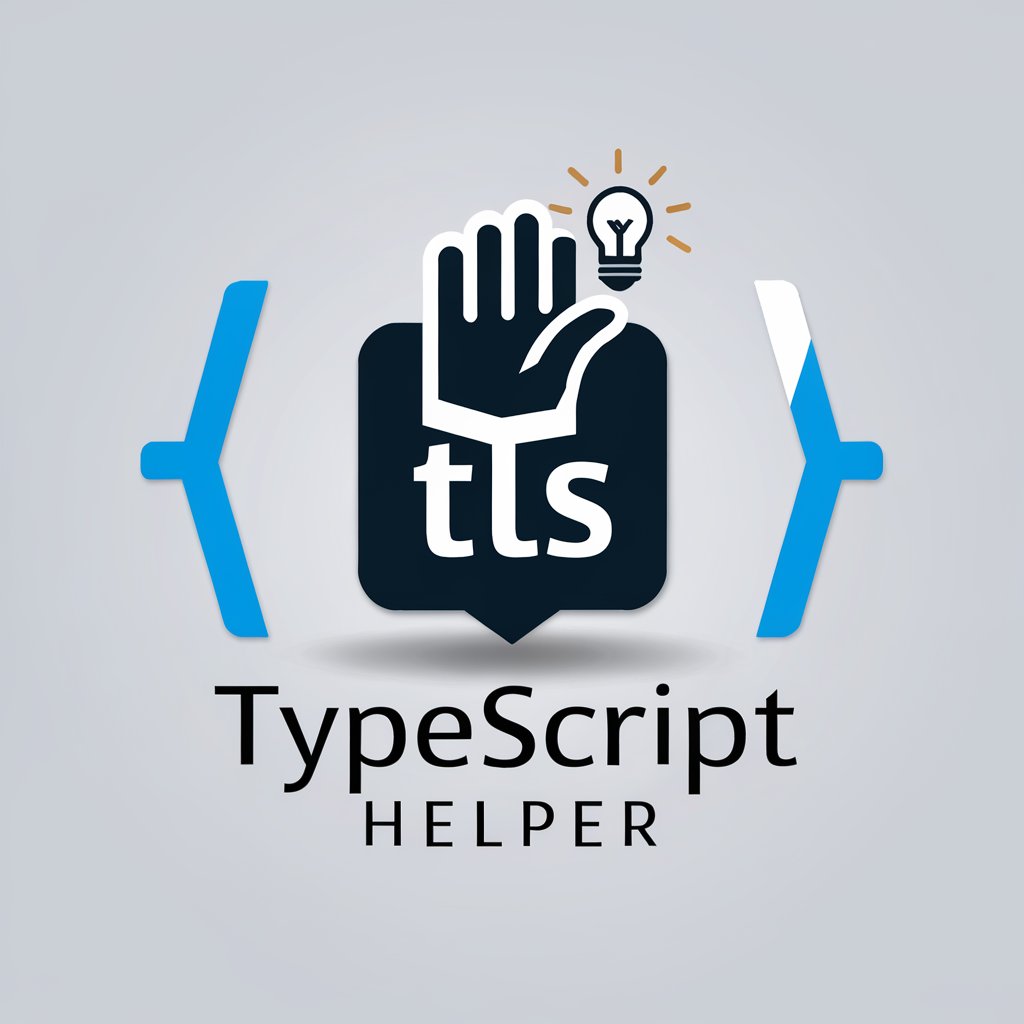
TypeScript Helper
Empowering TypeScript Development with AI

ETCS Q&A
What is ETCS?
ETCS stands for European Train Control System. It's a standard for train control and signalling designed to replace the many incompatible safety systems currently used by European railways.
How does ETCS improve rail safety?
ETCS enhances rail safety by providing a standardized train control system that ensures interoperability, facilitates automatic train protection, and allows for safer and more efficient train operations across Europe.
Can ETCS be used outside Europe?
Yes, while ETCS is a European standard, its benefits of increased safety and efficiency, along with interoperability, make it a viable solution for rail systems worldwide.
What are the levels of ETCS?
ETCS is implemented in several levels, from Level 0 to Level 3, each offering different functionalities and degrees of automation and control, from basic safety features to full train control with moving block signaling.
What is the role of GSM-R in ETCS?
GSM-R (Global System for Mobile Communications – Railway) is a critical part of ETCS, providing a secure and reliable platform for voice and data communication between trains and railway operational centers.
